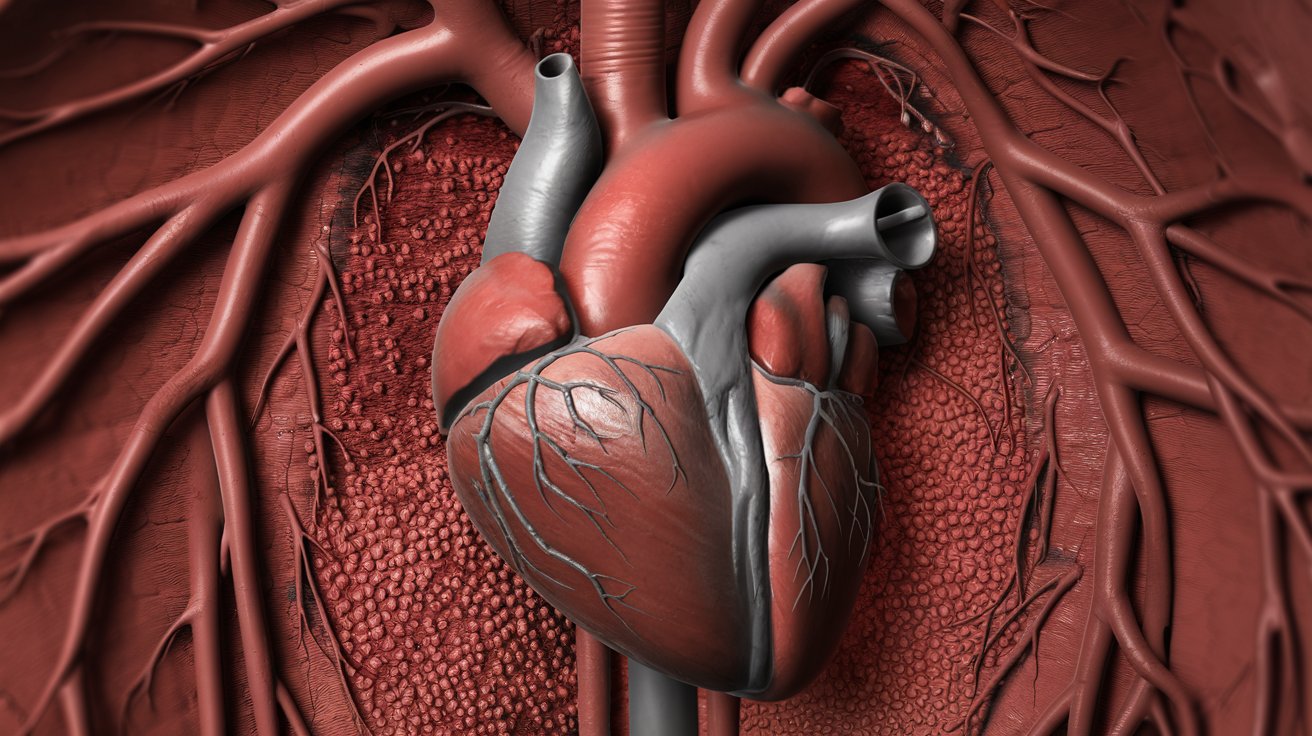
Löffler's Eosinophilic Endocarditis is a rare but serious heart condition. It involves the inflammation of the heart's inner lining, primarily caused by an overabundance of eosinophils, a type of white blood cell. This disease can lead to severe complications, including heart failure. Understanding the symptoms, causes, and treatments is crucial for early diagnosis and management. In this blog post, we will explore 25 essential facts about Löffler's Eosinophilic Endocarditis. From its origins to modern treatment options, you'll gain a comprehensive overview of this complex condition. Whether you're a medical student, a healthcare professional, or just curious, these facts will provide valuable insights.
Key Takeaways:
- Löffler's Eosinophilic Endocarditis is a rare heart condition caused by too many white blood cells. It can damage the heart and has no known cure.
- Treatment involves drugs, surgery, and lifestyle changes. Regular monitoring and support groups can help manage the condition and improve quality of life.
What is Löffler's Eosinophilic Endocarditis?
Löffler's Eosinophilic Endocarditis is a rare heart condition characterized by the inflammation of the endocardium, the inner lining of the heart chambers. This inflammation is caused by an abnormal increase in eosinophils, a type of white blood cell. Let's dive into some fascinating facts about this uncommon disease.
-
Named After Wilhelm Löffler: The condition is named after Swiss physician Wilhelm Löffler, who first described it in 1936.
-
Eosinophils Overload: Eosinophils are a type of white blood cell that usually fights off parasites and infections. In this condition, their numbers are abnormally high.
-
Rare Disease: Löffler's Eosinophilic Endocarditis is extremely rare, affecting only a small number of people worldwide.
-
Heart Damage: The excessive eosinophils can cause significant damage to the heart's inner lining, leading to severe complications.
-
Three Phases: The disease progresses through three phases: acute necrotic, thrombotic, and fibrotic.
Symptoms and Diagnosis
Understanding the symptoms and how this condition is diagnosed can help in early detection and treatment.
-
Early Symptoms: Initial symptoms may include fatigue, fever, and weight loss, which are often mistaken for other illnesses.
-
Heart Failure Signs: As the disease progresses, signs of heart failure such as shortness of breath, swelling in the legs, and chest pain may appear.
-
Echocardiogram: An echocardiogram is a key diagnostic tool that helps visualize the heart's structure and function.
-
Blood Tests: Elevated eosinophil levels in blood tests can indicate the presence of this condition.
-
Biopsy: In some cases, a heart biopsy may be necessary to confirm the diagnosis.
Causes and Risk Factors
Knowing what causes Löffler's Eosinophilic Endocarditis and the risk factors involved can provide insight into prevention and management.
-
Unknown Causes: The exact cause of Löffler's Eosinophilic Endocarditis remains unknown, although it is often associated with other eosinophilic disorders.
-
Parasitic Infections: Parasitic infections, particularly those caused by helminths, can trigger an increase in eosinophils.
-
Autoimmune Diseases: Autoimmune diseases like Churg-Strauss syndrome are also linked to this condition.
-
Genetic Factors: Some studies suggest a genetic predisposition to eosinophilic disorders.
-
Environmental Triggers: Exposure to certain environmental factors, such as allergens or toxins, may increase the risk.
Treatment and Management
Effective treatment and management strategies are crucial for improving the quality of life for those affected by Löffler's Eosinophilic Endocarditis.
-
Corticosteroids: Corticosteroids are commonly used to reduce inflammation and lower eosinophil levels.
-
Immunosuppressive Drugs: In severe cases, immunosuppressive drugs may be prescribed to control the immune system's response.
-
Heart Medications: Medications to manage heart failure symptoms, such as diuretics and beta-blockers, are often necessary.
-
Surgery: In advanced cases, surgical intervention may be required to repair or replace damaged heart valves.
-
Regular Monitoring: Regular follow-up appointments and monitoring are essential to manage the condition effectively.
Prognosis and Living with the Condition
Living with Löffler's Eosinophilic Endocarditis can be challenging, but understanding the prognosis and lifestyle adjustments can make a significant difference.
-
Variable Prognosis: The prognosis varies widely depending on the severity of the disease and the effectiveness of treatment.
-
Lifestyle Changes: Adopting a heart-healthy lifestyle, including a balanced diet and regular exercise, can help manage symptoms.
-
Support Groups: Joining support groups can provide emotional support and valuable information for patients and their families.
-
Mental Health: Managing mental health is crucial, as chronic illness can lead to anxiety and depression.
-
Research and Advances: Ongoing research and medical advances continue to improve the understanding and treatment of this rare condition.
Final Thoughts on Löffler's Eosinophilic Endocarditis
Löffler's Eosinophilic Endocarditis, though rare, is a serious condition that demands attention. Understanding its symptoms, causes, and treatments can make a significant difference in managing it effectively. Early diagnosis is crucial for better outcomes. Knowing the role of eosinophils and how they affect the heart helps in grasping the disease's complexity. Treatment often involves corticosteroids and other medications to reduce inflammation and control eosinophil levels. Regular follow-ups with healthcare providers ensure the condition remains under control. Awareness and education about this disease can lead to earlier detection and improved patient care. Stay informed, consult medical professionals if you suspect any symptoms, and support ongoing research for better treatment options. Knowledge is power when dealing with such a rare and challenging condition.
Frequently Asked Questions
Was this page helpful?
Our commitment to delivering trustworthy and engaging content is at the heart of what we do. Each fact on our site is contributed by real users like you, bringing a wealth of diverse insights and information. To ensure the highest standards of accuracy and reliability, our dedicated editors meticulously review each submission. This process guarantees that the facts we share are not only fascinating but also credible. Trust in our commitment to quality and authenticity as you explore and learn with us.
